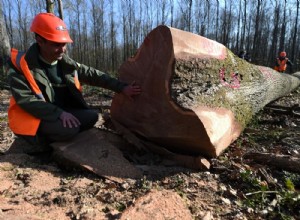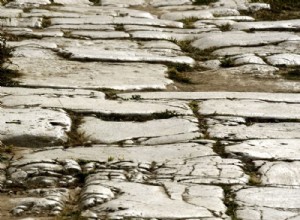Discovered in the reserves of the Musée dAquitaine in Bordeaux, the supposed coffin of the philosopher Michel de Montaigne has begun to reveal its first secrets. Michel de Montaigne, 19th century engraving. The supposed coffin of the philosopher Michel de Montaigne has begun to reveal its first s




